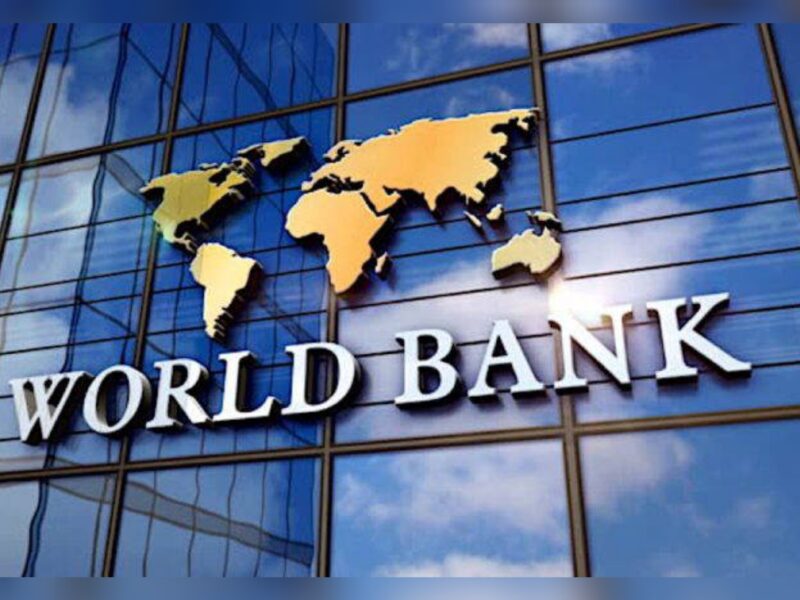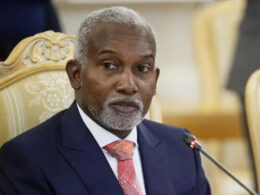The World Bank identified urbanisation as a critical driver of poverty alleviation, especially under favorable conditions. From 2010 to 2019, the majority of poverty reduction across the continent was attributed to urbanisation, rather than marked improvements in rural or urban poverty rates.
Washington, D.C. – A fresh report by the World Bank has projected that Nigeria’s poverty rate will worsen by 2027, despite the country’s abundant natural resources.
The grim forecast was contained in the latest Africa’s Pulse report, unveiled during the ongoing Spring Meetings of the International Monetary Fund (IMF) and World Bank in Washington, D.C.
According to the Bretton Woods institution, Nigeria, along with the Democratic Republic of Congo—both classified as resource-rich yet fragile—will witness a 3.6 percentage point increase in poverty between 2022 and 2027. This makes them the only group within Sub-Saharan Africa where poverty is expected to rise during the period under review.
The report observed that Sub-Saharan Africa continues to hold the highest rate of extreme poverty globally. In 2024, the region accounted for approximately 80 percent of the estimated 695 million people living in extreme poverty worldwide. In contrast, South Asia held 8 percent, East Asia and the Pacific 2 percent, the Middle East and North Africa 5 percent, and Latin America and the Caribbean 3 percent.
Furthermore, the bank revealed that four countries in the Sub-Saharan region were home to half of the region’s 560 million extremely poor people as of 2024. While these nations were not specifically named, the inclusion of Nigeria and the DRC underlines their significant share of the poverty burden.
The report emphasized a troubling trend: resource-rich nations, particularly those experiencing conflict or institutional fragility, tend to report higher poverty rates. In 2024, such countries had an average poverty rate of 46 percent—13 percentage points higher than their non-fragile, resource-rich counterparts.
In contrast, countries that are neither resource-rich nor fragile have made the most notable progress in reducing poverty. Since 2000, this group has recorded the biggest gains and by 2010, had closed the poverty gap with other non-resource-rich nations.
The World Bank identified urbanisation as a critical driver of poverty alleviation, especially under favorable conditions. From 2010 to 2019, the majority of poverty reduction across the continent was attributed to urbanisation, rather than marked improvements in rural or urban poverty rates.
As of 2020, just 41 percent of Africa’s population lived in urban areas. However, projections suggest the continent’s urban population will swell by over 238 million people by 2035—surpassing the rural population for the first time.
This demographic shift could provide new opportunities for rural dwellers to improve their livelihoods. However, the success of this urban transition, the World Bank cautioned, will depend heavily on whether urban centres can offer sufficient infrastructure, services, and employment opportunities to support the growing influx.










Join our Channel...